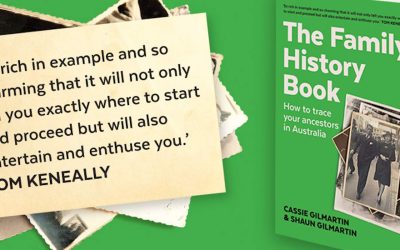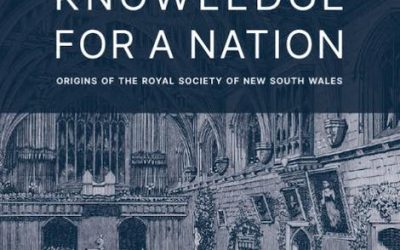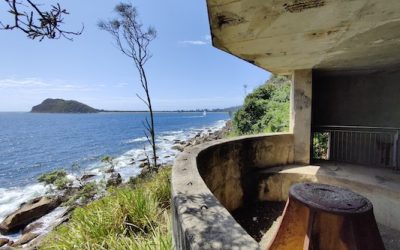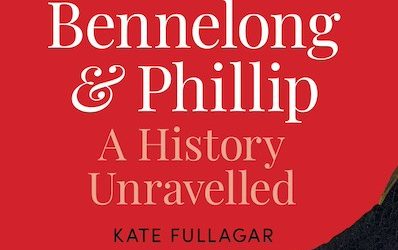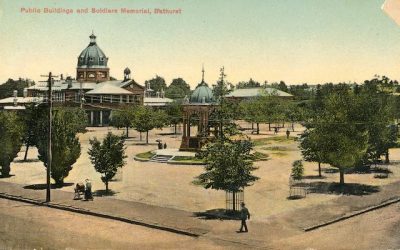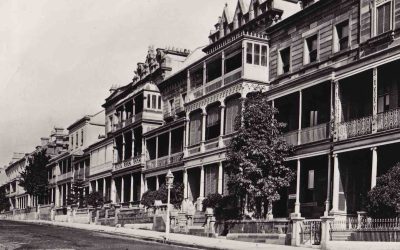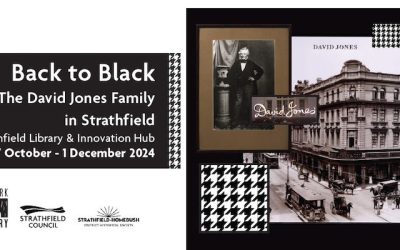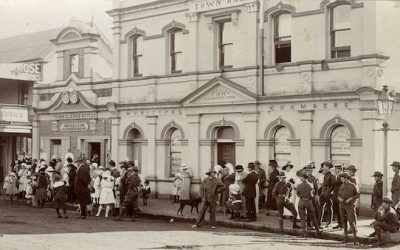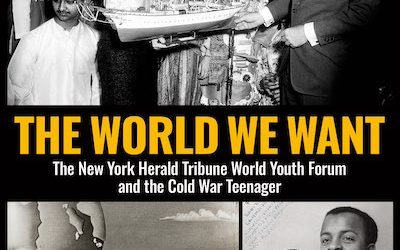RAHS Latest News
The Family History Book: Book Launch at History House
Join the authors of The Family History Book on Wednesday, 27 November 2024. This event is in partnership with the Society of Australian Genealogists. Do you wonder if that family legend your grandparents told was true? Or have you never known much about your family history and would like to learn more? Join authors Cassie and Shaun Gilmartin in conversation with Ruth Graham (Society of Australian Genealogists) to launch The Family History Book and discuss all things family history. The Family...
Knowledge for a Nation: Origins of the Royal Society of New South Wales
A new book by the Royal Society of NSW reveals colonial research culture in New South Wales. During the reigns of British monarchs George III, Queen Victoria and Edward VII, the prison colony of New South Wales was transformed by intellectually curious and innovative migrants from Britain, Europe and America. In a new book, Knowledge for a Nation: Origins of the Royal Society of New South Wales, Blue Mountains historian Dr Anne Coote explains how leading colonial administrators, scientists,...
2024 Ian Jack Memorial Lecture
Front-line heritage in the Hawkesbury St Andrew's New Church Hall, West Market St, Richmond Thursday, 24 October at 7.30 pm On 24 October, Dr Peter Hobbins will be delivering the 2024 Annual Memorial Lecture to R. Ian Jack, hosted by the Hawkesbury Historical Society. Peter’s presentation, ‘Front-line heritage in the Hawkesbury’, will consider Ian’s lasting legacies in historical archaeology, especially industrial archaeology. Drawing upon Hawkesbury region examples, Peter will reassess the...
The 36th James Jervis Memorial Lecture
Prof. Kate Fullagar will present the James Jervis Memorial Lecture on Bennelong and Phillip. Bennelong and Phillip were leaders of their respective people in the first encounters between Britain and Indigenous Australians. Phillip was the colony's first governor, and Bennelong was the Yiyura leader. The pair have come to represent the conflict that flared and has never settled. Kate Fullagar's new book, Bennelong & Phillip: A History Unravelled, is the first full biography of Bennelong of...
2024 Cultural Grants – Successful Projects
Twenty-one local history projects will receive funding from the 2024 Cultural Grants. RAHS President Dr Iain Stuart announced today that twenty-one local history projects will receive funding from the 2024 Cultural Grants Program. This grant program is administered by the RAHS on behalf of the NSW Government. ‘The Royal Australian Historical Society thanks Create NSW for funding this grants program which supports local and community history projects. These projects provide unique insights into...
In the House with Kate Fitzpatrick
Tamar Kelly and Kate Fitzpatrick, stars of stage and screen, in conversation at History House. We are delighted to announce that the RAHS, in partnership with the Historic Houses Association, will host a special joint event at History House. Tamar Kelly will interview Kate Fitzpatrick and explore Kate’s extraordinary career that spans theatre, film, and television. Star of Australia's stage and screen, artist's muse, writer and trailblazing commentator Kate Fitzpatrick has been hailed a...
Back to Black: The David Jones Family in Strathfield
A new exhibition will showcase the history of the David Jones Family in Strathfield. The David Jones family have strong associations with the Strathfield district, dating back to the 1860s. Members of the family have played an important role in business, architecture, medicine, education, recreation and even the incorporation of Strathfield Council. David Jones is one of the world's oldest department stores still trading under their original name. It was founded in Sydney in 1838 by Welsh...
Identification of HMB Endeavour Shipwreck Site
Dr James Hunter will speak to BMACHO about the identification of HMB Endeavour. This event has been organised by the Blue Mountains Association of Cultural Heritage Organisations Inc (BMACHO). BMACHO is pleased to announce that Dr James Hunter, the Australian National Maritime Museum’s Curator of Naval Heritage and Maritime Archaeology, will be the guest speaker at BMACHO’s next event and will speak about the identification of HMB Endeavour’s shipwreck site. Dr Hunter has a background in...
Hardy Wilson’s Old Colonial Architecture 1924–2024
A new exhibition marks the 100th anniversary of Hardy Wilson's influential architectural work. Published in 1924, Hardy Wilson’s book Old Colonial Architecture in NSW and Tasmania was the first major publication dedicated to the documentation and conservation of Australian buildings. This exhibition draws attention to the book’s creation, examines its enduring presence and influence in Australian architecture, and contextualises it in Wilson’s biography and wider body of published work. This...
2024 RAHS Conference – Featured Session: Views on Campbelltown’s Past
2024 RAHS Conference: Featured Session Windows into Local History: Views on Campbelltown's Past Campbelltown Catholic Club, 26-27 October 2024 Bookings are now open for the 2024 RAHS Conference in Campbelltown. Book now to save up to 15% on your tickets. Campbelltown is the ideal location to explore our conference theme, Windows into Local History. The Saturday program features local speakers who will explore Campbelltown’s heritage, the Appin Massacre and the Ingleburn Military Camp. Stephen...
The 2024 Lesley Muir Address
The 2024 Lesley Muir Address Writing a 'Local' History of Australia The 2024 Lesley Muir Address will be presented during the 2024 RAHS Conference at Campbelltown by Emeritus Professor Mark McKenna FAHA. In early 2022, Mark McKenna set out to write a short history of Australia, which will be published late next year by Black Inc. In this year’s Lesley Muir Address, he will explain how local history will form the foundation of his history of Australia. All too often, history is filed according...
The World We Want: Book Launch at History House
Celebrate the launch of Catherine Bishop's new book at History House in September Join Catherine Bishop (author of Minding Her Own Business and Too Much Cabbage & Jesus Christ) to celebrate the launch of her new book, The World We Want: The New York Herald Tribune World Youth Forum & the Cold War Teenager. To be launched by Diane Kirkby (Professor of Law and Humanities at UTS and a Research Professor (Emeritus) in History at La Trobe) and the author (with Alice Garner) of Academic...
RAHS Weekly News Round-Up

